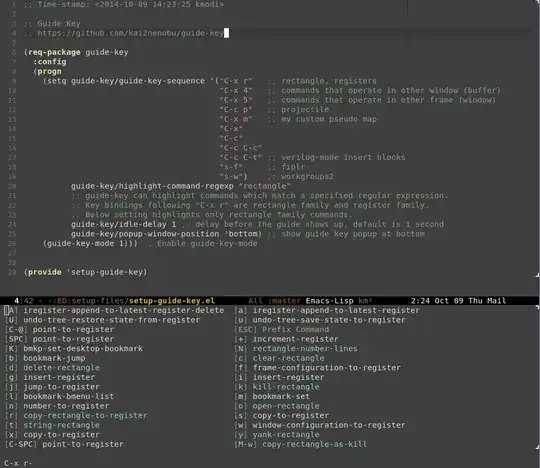I want to define some key bindings for my new found usage of helm, amazing mode btw, and I want to do it without overwriting the usage of other keys. I realize that the number of different key combinations is infinite, but is there some way to see all undefined key bindings for say 1 level deep?
For example, I want to know what key bindings are available after hitting C-c, and then get a buffer with a listing of C-c some_keys.
Assuming this feature doesn't currently exist?

